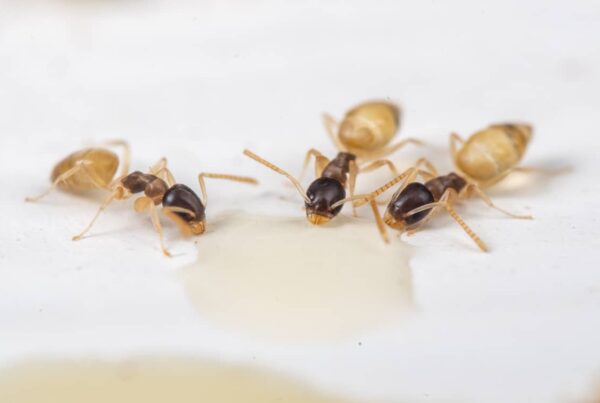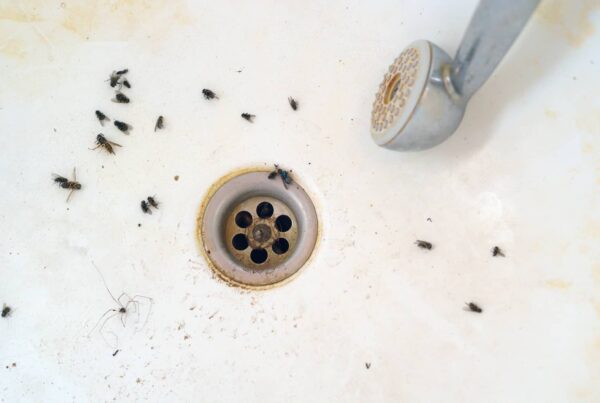
LED lights have become increasingly popular due to their energy efficiency and long lifespan. They come in various colors and styles and many homeowners and family members hang them in their homes. However, many people have noticed that bugs are attracted to these lights, which annoys homeowners. It might have you asking, do LED lights attract spiders? No, they don’t. Actually, spiders follow their prey into the light as bugs are attracted to the light.

What are LED lights?
LED stands for Light Emitting Diode. These lights use a special type of semiconductor material to produce light when an electric current passes through it. LED lights are known for their low energy consumption and durability.
Why Bugs Like the Lights?
Bugs are attracted to LED lights for a variety of reasons. One of the main factors is the color temperature of the light emitted by LEDs. Bugs are more attracted to cool white or blue lights, as they resemble moonlight. Additionally, bugs are drawn to light sources that emit UV wavelengths, which some LED lights produce.

Do LED Lights Attract Spiders?
While bugs are commonly attracted to LED lights, spiders are not specifically drawn to them. Spiders usually follow their prey, such as insects, which may be attracted to the light source. Therefore, if there are already spiders in your vicinity, they may be indirectly attracted to LED lights due to the presence of bugs.
How to Keep Insects Away From LED Lights?
There are several effective methods to deter insects from congregating around LED lights. One option is to install bug-repellent bulbs that emit yellow or warm white light, as bugs are less attracted to these colors. Another approach is to use outdoor bug zappers or sticky traps near the lights to catch insects before they reach the LED fixtures.
Natural Ways to Remove Insects and Spiders
If you prefer natural solutions, there are various remedies to repel bugs and spiders. Planting insect-repelling plants, such as lavender, citronella, or mint, near your LED lights can help discourage insects. Additionally, using citrus-scented candles or essential oils as repellents may be effective. Regularly cleaning your outdoor lights and removing any cobwebs can also prevent spiders from building their webs near the fixtures.
Other Recommended Maintenance
Now that you know about LED lights attracting spiders, let’s take a look at a few other areas of recommended maintenance.
One of those is stink bugs. Stink bugs are usually prevalent in the fall months. They can fly and have wings that can tuck into each other once they have landed. If you have crops, you need to keep an eye on them as stink bugs can destroy them.
Another is ghost ants. Ghost ants do not bite unless they feel their nest is threatened but if they do bite, it is just a little discomfort. A fire ant bite would actually feel worse.
Lastly, is baby roaches. Baby roaches vary in length and body color, depending on the species such as American, German, or Oriental roaches.
When Do I Call a Professional?
If you have tried various methods to deter bugs and spiders but still have a persistent problem, it may be time to seek professional help. Pest control experts can assess the situation and provide effective solutions tailored to your specific needs.
Conclusion
While LED lights may attract bugs, there are several measures you can take to minimize their presence. By using bug-repellent bulbs, employing bug zappers or sticky traps, and utilizing natural remedies, you can keep insects away from your LED lights. If all else fails, contacting a professional pest control service will ensure a thorough resolution to any bug or spider issues. Call Honor Services and we will gladly assist you with some pest control recommendations while conducting a thorough home inspection in Melbourne, FL, and surrounding areas.



